Cold Brew vs. Iced Coffee: What’s the Difference?
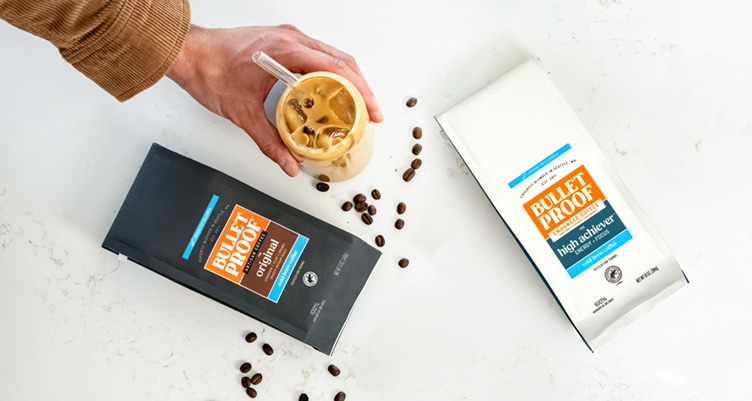
- Cold brew steeps coffee grounds in cold water for hours, while iced coffee is brewed hot and chilled. The brewing method changes the taste, strength and overall experience.
- Cold brew has a smoother, less acidic flavor and usually contains more caffeine. Iced coffee tastes lighter and can become diluted when served over ice.
- Iced coffee is quick to make, but cold brew is more convenient in the long run since a batch can stay fresh in the fridge for up to two weeks.
When the sun’s out, hot coffee might not hit the same. That’s usually when cold brew and iced coffee start sounding a lot more appealing. Whether you brew it at home or grab one from your favorite café, cold coffee feels like the perfect pick-me-up on a warm day.
But here’s the thing—cold brew and iced coffee aren’t the same. They might look alike, but the way they’re made (and how they taste) couldn’t be more different. Cold brew vs iced coffee comes down to more than temperature. Cold brew uses a different brewing method, tastes smoother and offers more ways to customize. It’s no surprise that cold brew is gaining ground in popularity. In 2024, the cold brew market reached a staggering value of $3.16 billion in 2024—and it’s only getting started. Sales are expected to soar to $16.22 billion by 2032.[1] What’s behind the hype?
In this guide, we’ll break down everything you need to know about iced coffee vs cold brew—including brewing methods, finding the strength you love and easy ways to make it your own.
What is Iced Coffee?
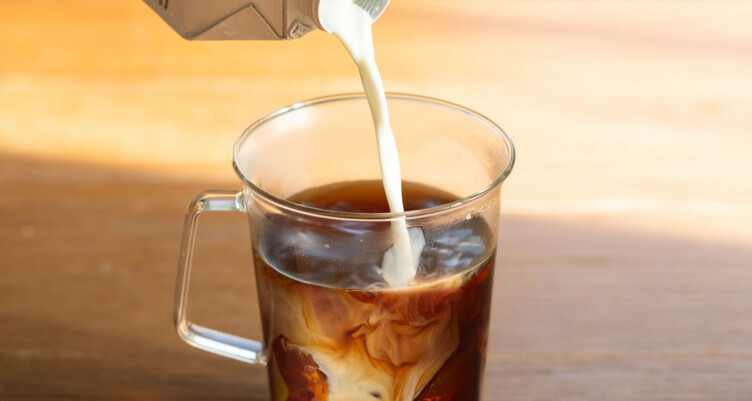
Iced coffee is hot coffee that’s chilled and served over ice. You can use leftover coffee or brew a fresh batch just for this purpose. Either way works, but the flavor can change depending on how you cool it.
Letting hot coffee sit and cool may create a more bitter taste. Pouring it directly over ice chills it quickly but can dilute the flavor. Test both methods to find the one that works for you.
How to Make Iced Coffee
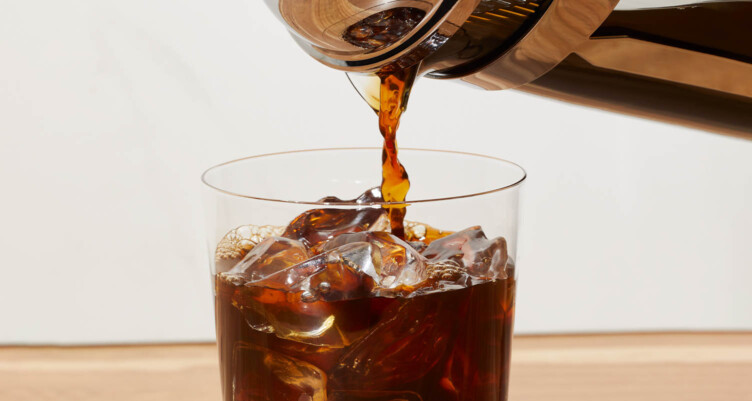
Making iced coffee is quick and easy.
- Grind your coffee beans based on your brewing method
- Brew your coffee
- Cool it down—either by placing it in the fridge or pouring it over ice
Want to get that creamy texture without watering down your drink? Try this method for making Iced Bulletproof Coffee.
Before you dive into making iced coffee, you might be wondering if you’ll actually like the taste. Here’s what to expect.
What Does Iced Coffee Taste Like?
Iced coffee can taste lighter than hot coffee. That’s because the melting ice may dilute the flavor. For a bold, rich taste, brew your coffee stronger than usual, using about twice the grounds. You can also freeze leftover coffee into ice cubes to keep your drink cold without watering it down.
Iced coffee only needs two things: coffee and water. But for the best flavor, choose clean, high-quality beans. The type of roast and bean origin will shape the final taste in your cup.
Caffeine in Iced Coffee
The caffeine in iced coffee depends on how strong you brew it and how much you drink. Bean variety and roast level also matter—some beans naturally have more caffeine than others.
According to the FDA, healthy adults can safely have up to 400 mg of caffeine a day.[2] That’s about four or five 8-ounce cups of coffee. Most people process caffeine in about five hours, but everyone’s metabolism is different. So if you’re sensitive to caffeine, you may want to space out your intake or switch to decaf coffee (just make sure you choose one that’s been processed using the Swiss Water Method).
Here’s how caffeine content compares based on brewing method:[3]
- Brewed coffee: 96 mg per 8-ounce cup
- Espresso: 63 mg per 1-ounce shot
- Instant coffee: 62 mg per 8-ounce cup
Is cold brew stronger than iced coffee? Read on to learn more on that below.
What is Cold Brew Coffee?
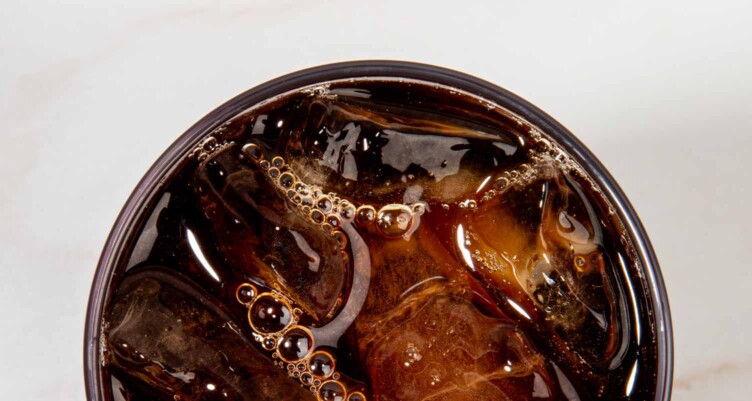
You make cold brew coffee without using heat. The process involves steeping coarsely ground coffee beans in cold water for an extended period—usually 12 to 24 hours. This slow extraction brings out a smoother, less acidic flavor compared to hot-brewed coffee.[4] Cold brew tends to taste less bitter and more delicate. Even the same beans will taste different when brewed cold vs. hot. Brew the same beans using hot and cold methods and taste test for yourself.
Keep in mind, “cold brew” refers to how it’s brewed, not how it’s served. In fact, before iced coffee became a trend, cold brew concentrate was often combined with hot water and served warm—and you can still enjoy it this way if you prefer! Making a batch of cold brew concentrate in your fridge is like having instant coffee on hand—ready to go whenever you are.
How Do You Make Cold Brew?
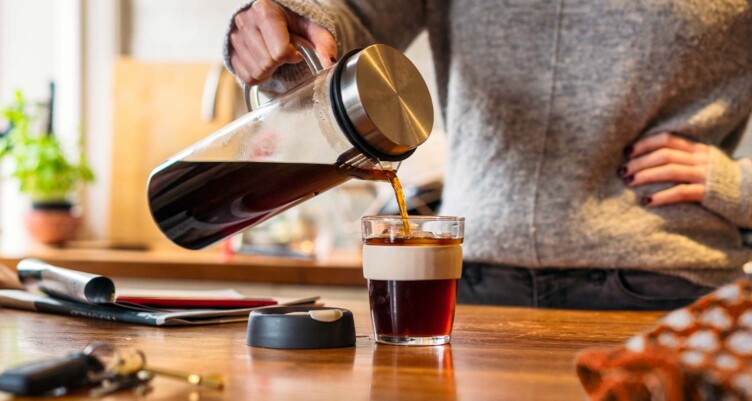
The process has never been easier, thanks to our new cold brew. Choose from two refreshing options: The Original Cold Brew and the High AchieverTM Cold Brew. We saved you the time and energy by coarsely grinding the beans to the perfect size. Next, you’ll need filtered cold or room-temperature water, a filter (like cheesecloth or a fine sieve) and a container such as a pitcher, jar or French press.
- Add the coffee grounds to your container, then slowly pour in the water. Stir gently to ensure all the grounds are fully moistened. Cover the container with cheesecloth if it doesn’t have a lid.
- Let it steep. Refrigerate the mixture or leave it at room temperature for 12 hours or overnight.
- Strain the coffee. After steeping, strain the coffee carefully, discarding the grounds (or repurpose them to make your coffee even more sustainable) and taste the concentrate.
- Serve and enjoy. Pour the concentrate over ice, mix it with hot or cold water to your liking and add your preferred milk, creamer or other mix-ins.
- Store any leftovers. Keep the concentrate in a container with a tight-fitting lid for 3-4 days.
What Does Cold Brew Taste Like?
Our new Bulletproof TM cold brew offers a smooth, rich flavor with a lower acidity compared to iced or hot coffee. The slow extraction process brings out deeper, more nuanced notes in the coffee. Plus, because it uses more coffee and less water, cold brew has a stronger taste that stands out.
Here’s a closer look at your favorite Bulletproof TM coffees, now on ice.
- The Original Cold Brew: Now you can enjoy our best-selling artisan roast on the rocks. Smooth, sweet and perfectly balanced, this refreshing brew is made for true coffee aficionados.
- The High AchieverTM Cold Brew: Our first-ever enhanced cold brew has added science-backed ingredients like B Vitamins, Lion’s Mane and Coffeeberry® to give you even more energy and focus to help you conquer the day ahead.
How Much Caffeine is in Cold Brew?
Cold brew typically contains more caffeine than iced or hot coffee, as it uses a higher coffee-to-water ratio. The exact amount of caffeine varies based on factors like brewing time, grind size and roast.[5] If you prefer less caffeine, try making decaf cold brew.
Cold Brew vs. Iced Coffee
When it comes to choosing between cold brew and iced coffee, it’s all about personal preference. Here’s a breakdown of key factors to help you decide which one is right for you.
Prep Time
Iced coffee wins for speed. It’s ready in minutes, whereas cold brew requires at least 12 hours to prepare. That being said, once you have your cold brew concentrate ready, you can enjoy it within seconds.
Flavor
Cold brew brings out deeper, more nuanced flavors from the beans due to its slow extraction process. If you enjoy tasting subtle notes, cold brew is your best bet. Iced coffee can still be delicious, especially if you’re adding creamers or mix-ins. Keep in mind, leftover iced coffee may lose some of its freshness and smoothness. Try different beans, like the rich taste of The Mentalist or the smoky flavor of French Kick, to discover new notes.
Ease
Iced coffee is the easiest for quick enjoyment. Brew and sip right away. Cold brew, while taking longer to make, gives you a large batch that’s ready when you are and can last up to two weeks.
Caffeine Content
Cold brew typically packs more caffeine, as it uses a stronger coffee-to-water ratio. Iced coffee tends to be more diluted, so it generally has less caffeine. In either case, you can also use decaf coffee for a lower caffeine intake.
Storage Time
For the best flavor, drink iced coffee within 24 hours of brewing. Store cold brew in the fridge for up to two weeks.
Equipment
Making iced coffee requires the same equipment you use for hot coffee—like a drip machine, French press or pour-over. Cold brew, on the other hand, requires a container, filter and a coffee grinder. If you don’t have one, opt for iced coffee over cold brew and choose a quality ground coffee.
Start with clean coffee beans and you’ll have great results with either iced coffee or cold brew. Try both and see which one suits your taste best!
Sign up for early access to sales, product launches, the latest Bulletproof news and more!



